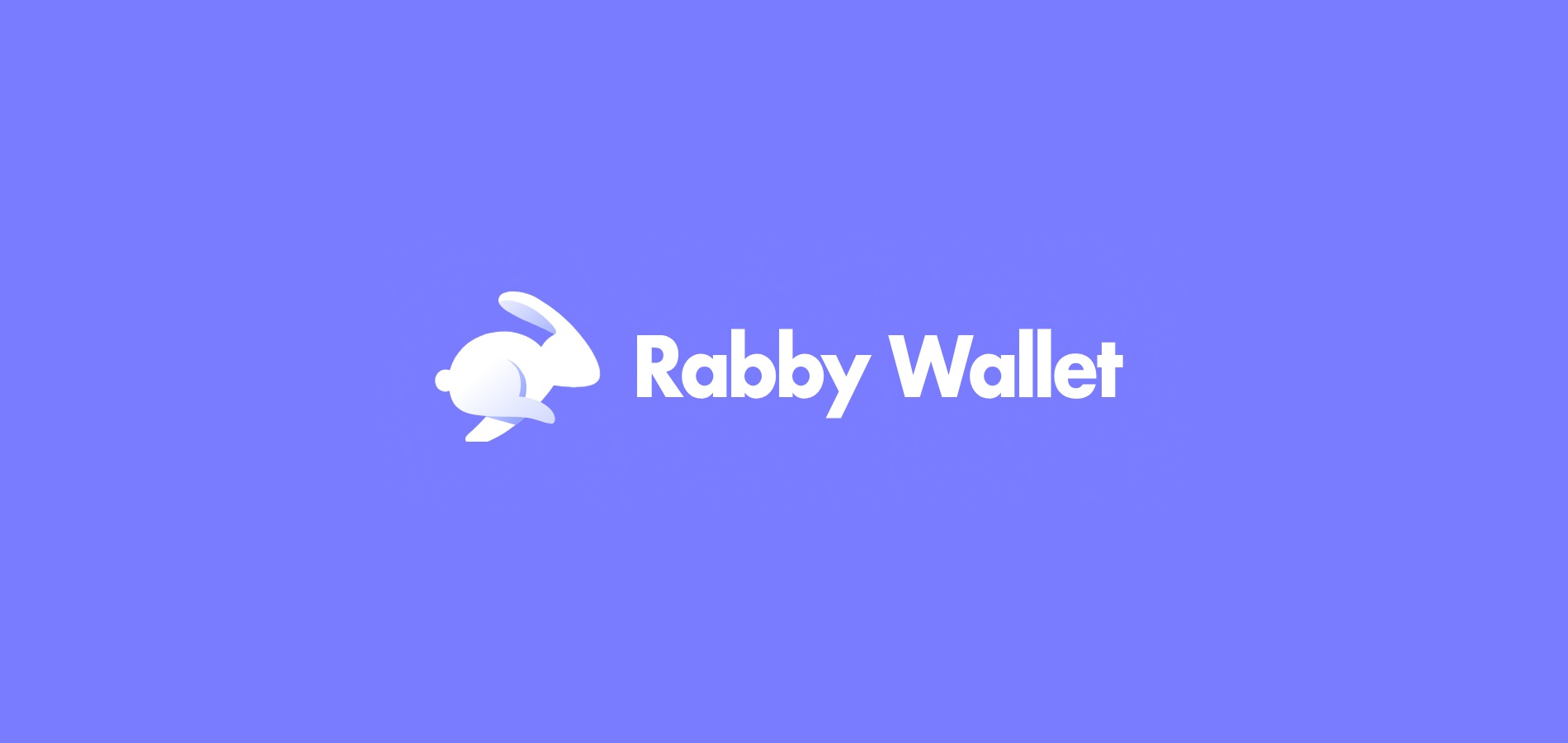So, I was messing around with my crypto portfolio the other day, and something felt off about how I kept juggling multiple wallets and chains. Seriously? It’s 2024, and managing your assets across Ethereum, BSC, Polygon, and a dozen others still feels like trying to herd cats. Wow! That’s gotta change, right?
At first, I thought a simple spreadsheet would do—just list all tokens, prices, and balances. But nah, that quickly became a mess. Prices fluctuate every second, chains have different tokens, and gas fees… don’t get me started. The more I dived in, the clearer it became: you need a multi-chain wallet with built-in portfolio tracking that doesn’t make your head spin.
Here’s the thing. Many browser extensions offer multi-chain support, but not all give you seamless portfolio insights. You know, quick snapshots of your holdings, performance over time, and alerts for big moves. On one hand, some apps focus purely on security, on the other, some are just clunky dashboards without real depth. Though actually, if you want both reliability and smooth UX, that narrows down your options.
Check this out—I’ve been using the rabby wallet extension for a while now. It’s not just another wallet; it’s like the Swiss army knife for DeFi folks who spread assets everywhere. Rabby tracks your portfolio across multiple chains effortlessly, so you don’t have to jump between apps or tabs. Honestly, it feels like it was designed for someone like me who hates switching constantly.
But wait, before you roll your eyes, let me explain why this matters beyond convenience. Imagine you’re deep into yield farming: you’ve got tokens locked in Avalanche, LP positions on Polygon, and staking on Ethereum. Without a unified tracking tool, you risk missing out on rewards or, worse, forgetting where your assets are parked. Rabby’s multi-chain portfolio tracker helps prevent that.
Now, I’ll admit, there are times when the interface feels a little too tech-heavy—like, it assumes you already speak DeFi fluently. I’m biased, but I think that’s a fair tradeoff for the level of control it gives. Plus, the more you use it, the less intimidating it gets.
One thing that bugs me is how many wallets pretend to be multi-chain but only support a handful of networks. That’s like calling a diner “international cuisine” because they have sushi and tacos. Rabby actually supports a wide range of chains, including some you don’t hear about every day, which is rare.
Speaking of which, browser extension wallets have their own quirks. They’re super handy—right there in your browser, ready to go. But security always nags in the back of my mind. Rabby uses robust encryption and doesn’t store your keys on centralized servers, which is comforting. Still, I keep my biggest holdings in hardware wallets for peace of mind.
Okay, so check this out—portfolio tracking isn’t just about seeing numbers. Rabby lets you set price alerts, monitor transaction history, and even analyze gas fees across chains. I found this especially useful during network congestion spikes, where fees suddenly double or triple.

Initially, I thought a portfolio tracker was just a nice-to-have, but it’s become essential. On another note, I sometimes wish the app had more educational tips integrated, because the crypto space evolves so fast. Still, for active users juggling multiple chains, it’s a big upgrade over manual tracking.
Here’s a little secret—my instinct said that many DeFi users underestimate how fragmented their holdings are until they see everything laid out in one place. There’s a real “aha!” moment when you realize how much time you waste bouncing between wallets and explorers. Rabby cuts through that clutter.
And, you know, the more chains you use, the harder it is to keep up with token valuations and cross-chain arbitrage opportunities. A good portfolio tracker integrated into your browser wallet can even help spot these chances faster.
By the way, if you’re curious about seamless multi-chain experience, the folks behind Rabby have put a lot of thought into UI design. It’s not just functional; it’s surprisingly intuitive once you get the hang of the terminology. I’m not 100% sure it’s perfect for absolute beginners, but for intermediate users, it’s a huge step forward.
Some might argue that mobile wallets are catching up in multi-chain functionality, but honestly, having a browser extension wallet like Rabby feels more natural when you’re working on DeFi dashboards or interacting with smart contracts directly. It’s just quicker.
Wow, I almost forgot—something else that makes Rabby stand out is its open-source nature. Transparency is a big deal in crypto, and knowing the code is out there for inspection builds trust. I’m biased because I’m a sucker for open-source projects, but it matters.
One more thing. If you’ve ever tried to export your portfolio data from various apps, you know how frustrating it can be—formats don’t match, data is incomplete, or you lose track of historical context. Rabby’s tracking system keeps everything in one place, updating in real-time, which is a lifesaver during tax season or audits.
Of course, no tool is flawless. Sometimes the extension lags when syncing with less popular chains, and there were moments when I had to re-login after browser crashes. But honestly, this is the reality of working with cutting-edge DeFi tech—imperfections included.
To wrap this up (well, sorta), if you’re deep into DeFi and spread your assets across multiple chains, relying on a multi-chain wallet extension that includes portfolio tracking like Rabby isn’t just a luxury—it’s becoming a necessity. By centralizing your asset overview, you save time, reduce errors, and stay informed.
And hey, if you want to check it out, here’s the link again rabby. Give it a spin and see if it fits your workflow. It did for me, even if I’m still figuring out some advanced features.

